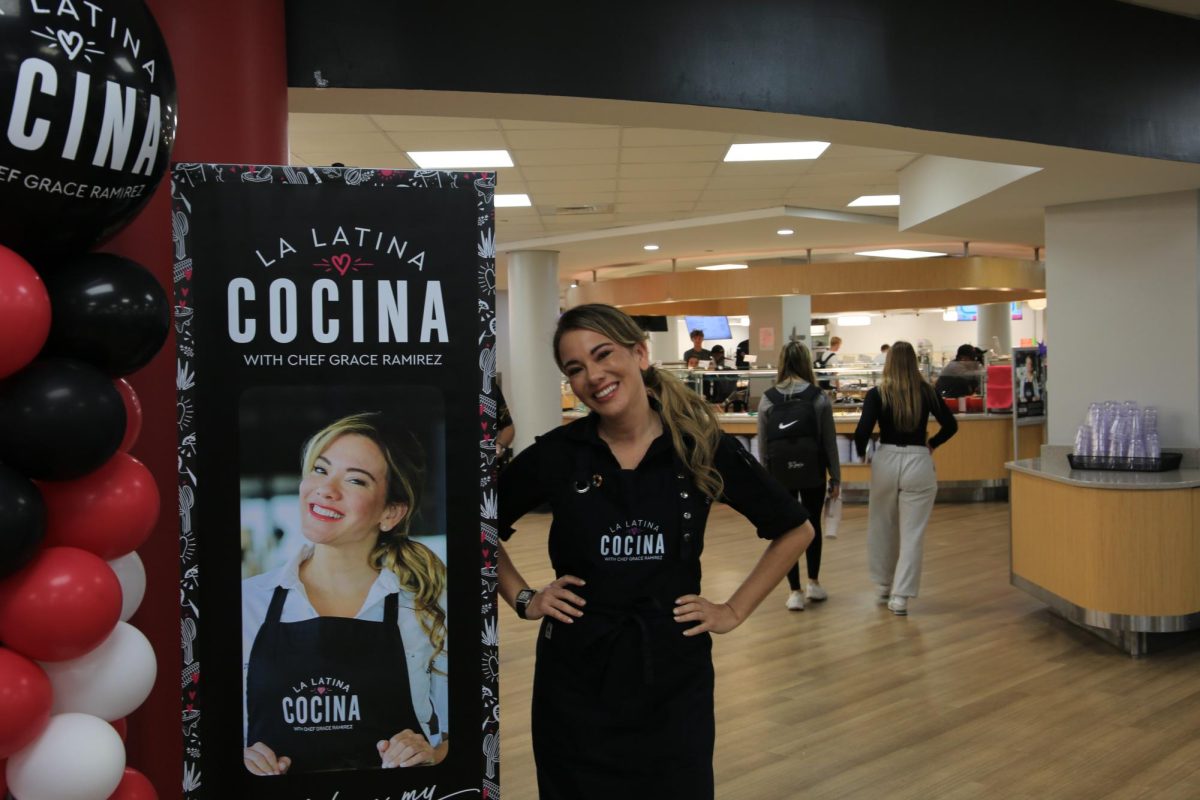An inside look at one of St. Joe’s most coveted classes
Let’s face it: Everybody loves food. However, taking on the task of writing about it forces students to pay closer attention to flavor than they ever have before. Within the classroom walls, students enrolled in “Food Writing,” ENG 451, taught by Tenaya Darlington, M.F.A., are eager to taste-test various foods while learning to write these flavors down on paper.
“I chose to take Food Writing because I’ve had Tenaya as a teacher before, and she was excellent,” Jimmy Wyatt, ’17 said. “So taking a class that combines food, an amazing teacher, and a boost in my writing skills was perfect.”
Darlington, also known as Madame Fromage, has developed a career focused on writing and tasting cheese and cocktails. With a great amount of experience in the world of food writing, what better person to instruct this unique and popular course?
“Before coming to St. Joe’s, I worked as a food editor at a weekly newspaper in the great cheese state of Wisconsin,” Darlington said. “I loved learning about local food culture, and when I moved to Philadelphia I decided to continue that exploration by learning about something very dear to my heart. So, I started a cheese blog, which led to a magazine column about local cheeses, which led to a book collaboration with a local specialty foods company [Di Bruno Bros.].”
Although it seems to be the most popular class activity, food tasting is not the only thing that occurs on Tuesdays and Thursdays from 3:30 p.m. to 4:45 p.m. Students also learn about the history of ingredients, and proper pairings for foods, all while developing creative and mouth-watering writing pieces. Because of the in-depth detail necessary to portray the sense of taste in writing, this class specifically teaches students how to go from bite to paper without missing one flavor. Regardless of whether or not students aspire to land a job in food critiquing, the idea of the class is to prepare students to think more deeply about food and teach them to convey their observations creatively to readers.
Another student, Franki Rudnesky, ’18, gave her thoughts as to why this class is her favorite.
“My favorite part about Food Writing is getting to write creatively about a unique subject, learning useful information about writing, publishing, [and] taking pictures in the food industry that I can take with me after college. I also enjoy all the fun trips and activities we do inside and outside of class, and the teacher of course.”
Although it sounds simple, writing about food is a lot more difficult than one would imagine, according to Dan Hughes, ’18.
“The most difficult part about food writing is having to really think about something we do all the time,” Hughes said. “When we describe why we like something in the class, we cannot use words like ‘delicious’ like we normally would. We have to push our brains to come up with descriptions that are different.”
Darlington believes the most difficult part about writing about food is breaking away from the way people normally approach food.
“Our campus is so cut off from what’s happening in [the] Philadelphia food world, where there is such a rich restaurant culture and a lot of energy around local foods, entrepreneurial food projects, chef’s conferences, food swaps, etc.” Darlington said. “My goal is to introduce students to the exciting food culture that’s bubbling up in our city, from emerging zero-waste restaurant kitchens to pay-what-you-can restaurants, a project Drexel just started. The great thing is that our students are so hungry—for new food experiences and for connection to other people working in the world of food media.”
Whether it’s trips to Center City restaurants, guest speakers, or random treats on a Tuesday, “Food Writing” continues to push the boundaries of creativity in the classroom. This class has opened new doors within the writing world and the English major at Saint Joseph’s University. Darlington expects her students to delve into new areas of the food world, while also training their minds to translate their taste buds into words.
“Walk into our classroom some Tuesday and you’ll see 22 people mindfully eating and writing flavor notes,” Darlington added.














































